Description
In India, we can sell this Ramba/ Biryani leaves/ Basmati leaves/Pandanus amaryllifolius (single plant) via online delivery systems to any states including Andhra Pradesh, Arunachal Pradesh, Assam, Bihar, Chhattisgarh, Goa, Gujarat, Haryana, Himachal Pradesh, Jammu & Kashmir, Jharkhand, Karnataka, Kerala, Madhya Pradesh, Maharashtra, Manipur, Meghalaya, Mizoram, Nagaland, Odisha (Orissa), Punjab, Rajasthan, Sikkim, Tamil Nadu, Telangana, Tripura, Uttar Pradesh, Uttarakhand, and West Bengal
Pandanus amaryllifolius, often called pandan in culinary contexts, is a tropical plant commonly used in South and Southeast Asian cuisine for its aromatic leaves. Here’s a breakdown of its names and uses:
- Ramba: In Sri Lanka, pandan leaves are often called “ramba.”
- Biryani Leaves: Pandan leaves are sometimes known as “biryani leaves” because they are used to infuse biryani with a unique aroma.
- Basmati Leaves: In some regions, these leaves may also be called “basmati leaves” due to their fragrance, which complements rice dishes.
- Pandanus amaryllifolius: This is the botanical name of the plant, part of the Pandanaceae family.
Pandan leaves impart a nutty, floral aroma and subtle sweetness. They are used fresh or in paste form for flavoring rice dishes, desserts, and even beverages.
Caring for Pandanus amaryllifolius (commonly called pandan or ramba) can be simple if the plant has the right conditions. Here’s a care guide for this aromatic tropical plant:
1. Light Requirements
- Partial to full sunlight: Pandan thrives in bright, indirect sunlight but can also tolerate partial shade. Avoid direct sunlight in hot climates, as this can scorch the leaves.
- Indoor growing: If growing indoors, place it near a bright window where it can receive indirect sunlight.
2. Temperature & Humidity
- Warm temperatures: Ideally, keep pandan in temperatures between 75-95°F (24-35°C). It doesn’t tolerate cold weather or frost and should be brought indoors in colder climates.
- High humidity: This tropical plant prefers high humidity. Regular misting or placing the plant on a humidity tray can help, especially indoors.
3. Watering
- Consistent moisture: Pandan likes its soil to remain moist, but avoid waterlogging, as it can cause root rot. Water when the top inch of soil feels dry.
- Frequency: Water more frequently in warmer weather and reduce watering in cooler months, while ensuring the soil never dries out completely.
4. Soil Requirements
- Well-draining soil: Use a rich, well-draining potting mix with organic matter (like compost). A mixture of potting soil and sand or perlite can improve drainage while retaining some moisture.
- pH preference: Pandan prefers a slightly acidic to neutral pH (6.0–7.0).
5. Fertilization
- Balanced fertilizer: Feed the plant with a balanced, water-soluble fertilizer once a month during the growing season (spring and summer). Reduce feeding in fall and winter when growth slows.
6. Pruning
- Minimal pruning: Remove dead or yellowing leaves to encourage new growth and maintain its appearance.
- Divide if overgrown: Pandan can spread and form clumps. If it becomes crowded, you can divide and repot the plant.
7. Propagation
- Offshoots: Pandan grows “pups” or small offshoots near the base. Once these are a few inches tall, they can be separated from the mother plant and repotted to propagate new plants.
8. Pests and Diseases
- Generally pest-resistant: However, keep an eye out for common pests like aphids, spider mites, and mealybugs. Wipe down leaves with soapy water or use a mild insecticidal soap if needed.
- Watch for root rot: Prevent overwatering, as it can lead to root rot.
Only logged in customers who have purchased this product may leave a review.

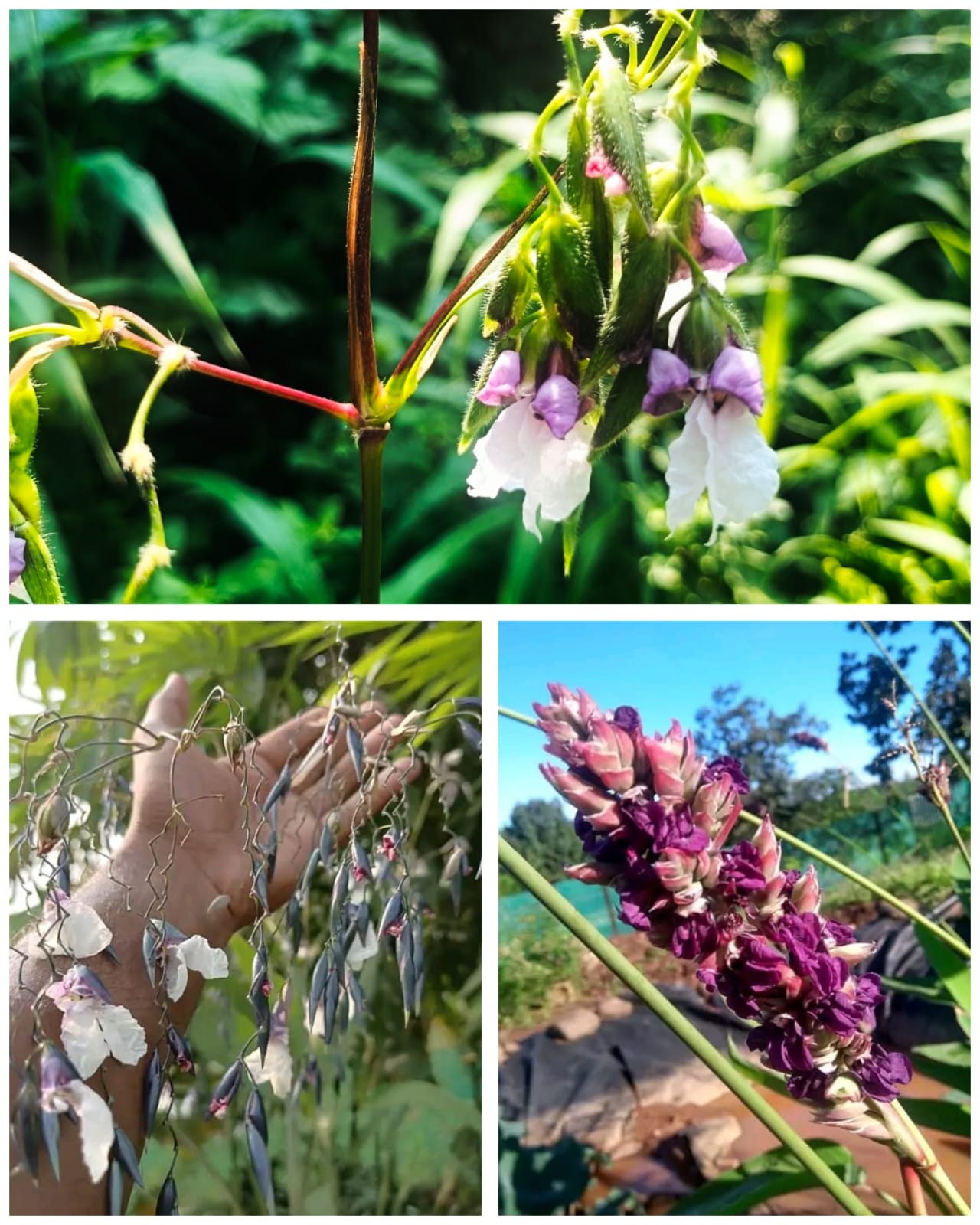
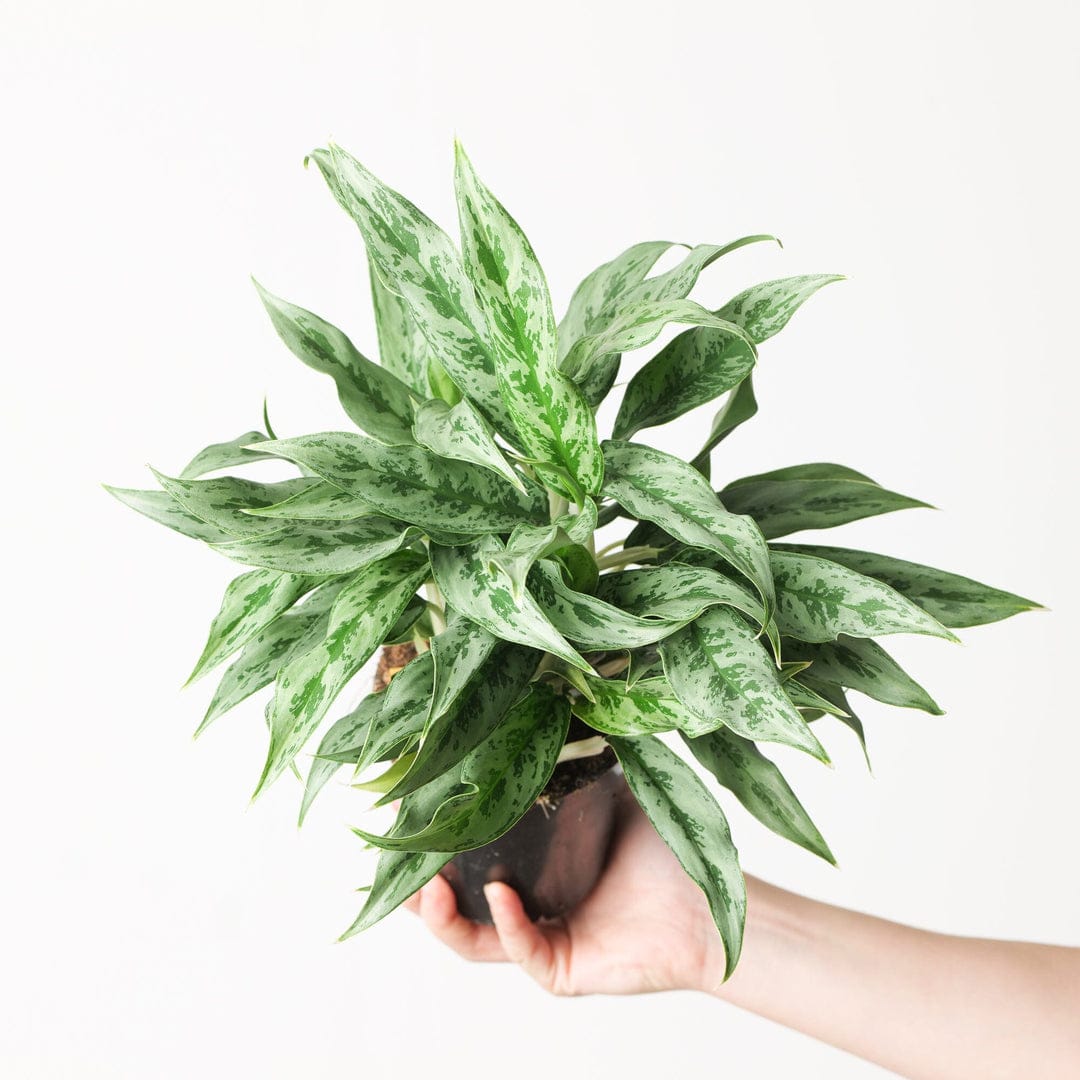
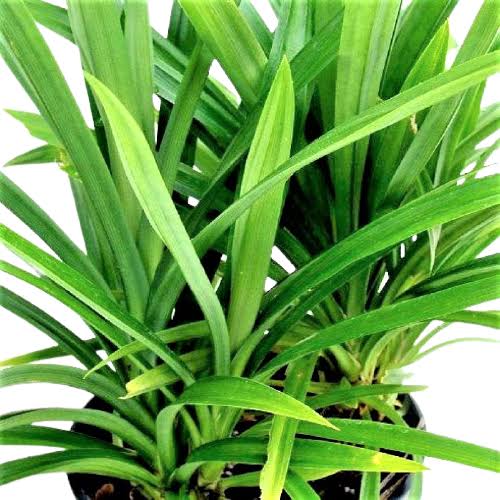
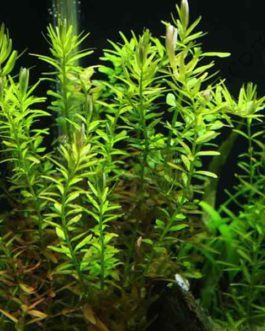
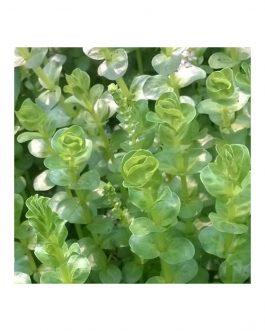

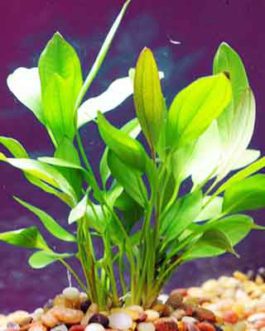
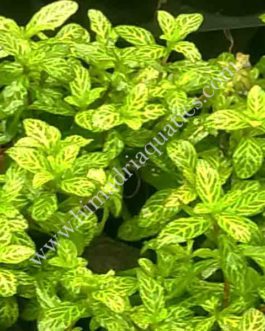
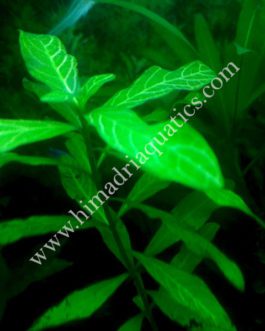
Reviews
There are no reviews yet.